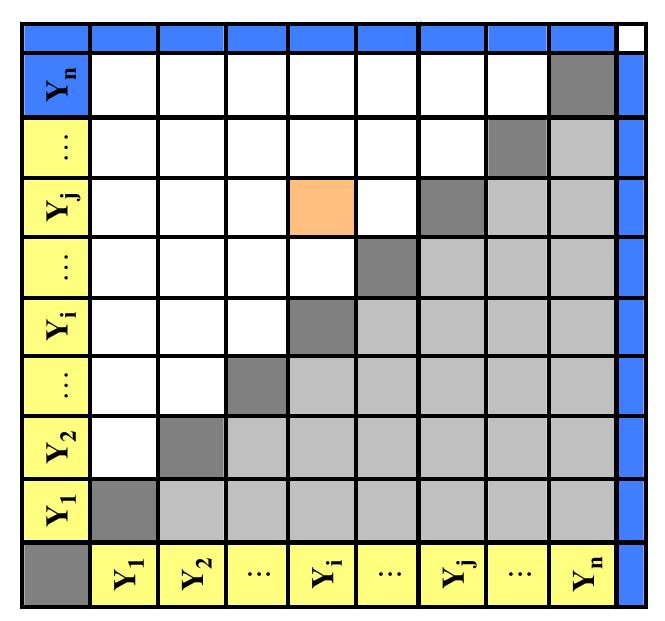Key research themes
1. How can null models and randomization techniques characterize the structural patterns of real bipartite networks?
This theme investigates the development and application of statistically principled null models for bipartite networks to identify significant structural patterns beyond trivial connectivity. Given the complex nature of bipartite networks, traditional approaches projecting them into monopartite graphs can lose critical information. Creating null models that preserve specific characteristics (such as degree sequences) while randomizing others enables precise pattern detection relevant across domains like world trade and ecology.
2. What algorithmic and computational advances enable efficient exact extraction of maximum biclique structures in large bipartite graphs?
Identifying maximum balanced bicliques in bipartite graphs is a fundamental NP-hard problem with extensive applications in bioinformatics, VLSI design, and network analysis. This theme covers exact algorithms exploiting graph structural properties (e.g., sparsity, density, degeneracy parameters) to achieve practical computation efficiencies for large-scale graphs. It also includes optimizations and complexity analyses that facilitate near polynomial-time performance in specific instances.
3. How do bipartite graph decompositions and labeling schemes contribute to understanding and applying complex network structures?
This theme explores structural decompositions of complete bipartite and bipartite circulant graphs via graph products and orthogonal double covers, alongside the study of labeling strategies like compact mean labeling, which assign numerical values to nodes and edges under specific algebraic constraints. These approaches yield deeper insights into spectral properties, enable topology design, and facilitate deadlock-free routing in communication networks and parallel systems modeling.



















